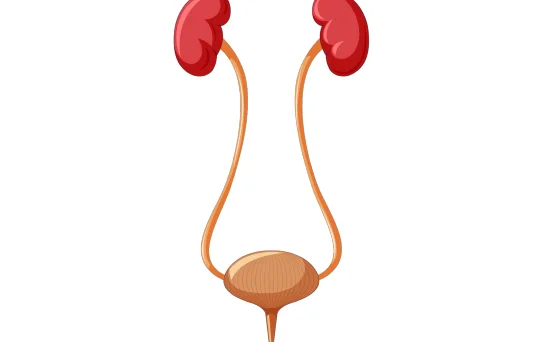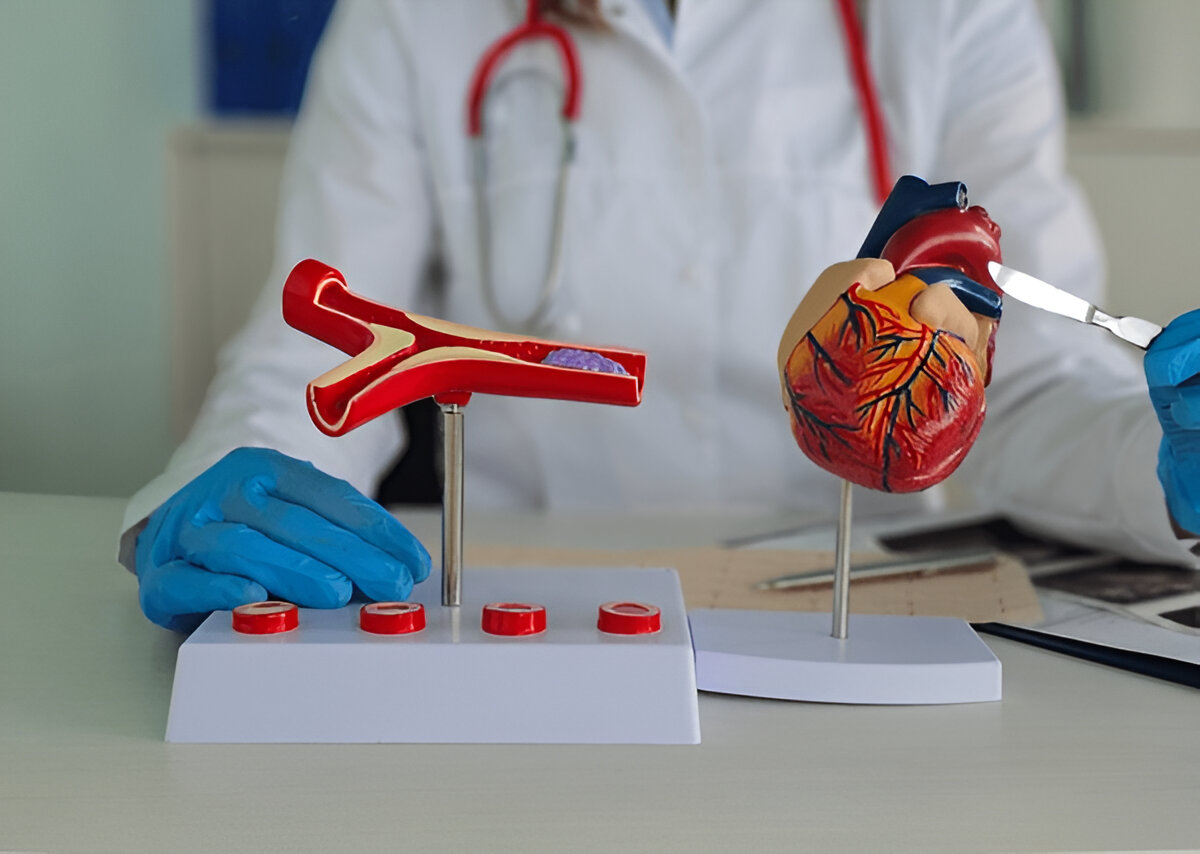What is ureteral reimplantation surgery, it is a specialized urological procedure performed to correct problems with the ureters the tubes that carry urine from the kidneys to the bladder. This surgery is most commonly done to treat vesicoureteral reflux (VUR), a condition where urine flows backward from the bladder into the kidneys. It may also be used to fix ureteral obstruction, injury, or scarring.
The urinary system is a vital part of the body’s function, ensuring the proper removal of waste and regulation of fluids. However, when abnormalities or blockages occur particularly involving the ureters, which carry urine from the kidneys to the bladder serious health issues like urine backflow (vesicoureteral reflux) or ureteral obstruction can develop. These conditions, if left untreated, can lead to frequent urinary tract infections (UTIs), kidney disease, and other complications.
What is Ureteral Reimplantation Surgery?
Ureteral reimplantation is a surgical procedure that repositions the ureter(s) into the bladder to correct anatomical or functional problems. The goal is to restore normal urine flow from the kidneys to the bladder and prevent urinary tract infections (UTIs), kidney damage, or other complications associated with abnormal ureter function.
This surgery is more commonly performed in children, especially to treat vesicoureteral reflux, but it can also be done in adults for various reasons such as injury, obstruction due to stones, tumors, or prior surgeries.
Conditions Treated with Ureteral Reimplantation
-
Vesicoureteral Reflux (VUR) :-
In VUR, urine flows backward from the bladder into the ureters and sometimes into the kidneys. This can lead to repeated urinary tract infections, kidney damage, and hypertension. -
Ureteral Obstruction :-
A blockage in the ureter may result from congenital abnormalities, scar tissue, stones, or tumors, leading to hydronephrosis (swelling of the kidney). -
Ureteral Injury or Stricture :-
Accidental injury during pelvic surgery, radiation, or chronic inflammation can cause narrowing or damage to the ureter, impairing urine drainage. -
Ureterocele or Ectopic Ureter :-
These are congenital anomalies that may require surgical correction to restore proper urinary function.
Types of Ureteral Reimplantation Surgery
There are two main techniques used in ureteral reimplantation :-
- Open Surgery
This traditional method involves making an incision in the lower abdomen to access the bladder and ureter. The surgeon detaches the ureter from its original position and reimplants it into a new, more functional location in the bladder wall.
Common approaches include :-
-
Cohen cross-trigonal technique
-
Politano-Leadbetter technique
-
Lich-Gregoir technique
- Minimally Invasive Surgery (Laparoscopic or Robotic-Assisted)
This approach uses small incisions, a camera, and robotic instruments. It offers less postoperative pain, shorter hospital stay, and faster recovery, though it may not be suitable for all patients.
Procedure Overview
Here is a general overview of how ureteral reimplantation surgery is performed :-
-
Anesthesia :- The patient is placed under general anesthesia.
-
Bladder Access :- An incision is made in the abdomen (open) or through small ports (laparoscopic/robotic) to access the bladder and ureters.
-
Ureter Repositioning :-The affected ureter is detached from its faulty position and reimplanted into a new, surgically created tunnel in the bladder wall. This tunnel helps prevent urine from refluxing back into the ureter.
-
Stenting (Optional) :- A small plastic stent may be placed inside the ureter to support healing and ensure proper urine flow.
-
Closure :-The bladder and abdominal incision are closed, and the patient is moved to recovery.
The entire surgery usually takes 2 to 4 hours, depending on the complexity and the number of ureters involved.
Postoperative Care and Recovery
After surgery, the patient will be closely monitored in the hospital. Recovery can vary depending on the surgical approach and individual health condition.
- Hospital Stay :-
-
Open surgery :- 2–4 days
-
Minimally invasive surgery :- 1–2 days
- Catheter and Stent Care :-
-
A urinary catheter may be placed for a few days to help drain the bladder.
-
If a ureteral stent is used, it’s usually removed after a few weeks during a follow-up visit.
- Home Recovery Tips:
-
Limit physical activity for at least 2–4 weeks.
-
Drink plenty of fluids to aid urine flow and healing.
-
Take prescribed antibiotics to prevent infection.
-
Avoid constipation with a high-fiber diet or stool softeners.
- Follow-up Appointments :-
-
Imaging tests like ultrasound or voiding cystourethrogram (VCUG) may be done weeks later to ensure successful correction of the issue.
Risks and Complications
Like all surgical procedures, ureteral reimplantation comes with some potential risks :-
-
Bleeding
-
Infection
-
Urinary retention or difficulty urinating
-
Ureteral obstruction or kinking
-
Persistent VUR or recurrence
-
Injury to nearby organs (rare)
Most complications are rare and can be managed effectively with early diagnosis and treatment.
Success Rate of Ureteral Reimplantation Surgery
Ureteral reimplantation surgery has a very high success rate, especially in children with VUR. Studies show over 95% success in correcting reflux with open surgical methods. Minimally invasive approaches are also showing promising outcomes, especially in specialized centers.
Adults may have slightly lower success rates depending on the underlying cause, but outcomes are generally favorable with proper post-operative care.
Ureteral Reimplantation in Children vs Adults
-
Children :-
Most pediatric cases involve correction of vesicoureteral reflux. The surgery is very effective, with minimal long-term complications. -
Adults :-
Ureteral reimplantation may be needed after pelvic surgeries, radiation, or trauma. Surgical planning in adults often requires more complex considerations due to scarring or other pelvic structures.
When to See a Urologist?
Consult a urologist if you or your child experience the following :-
-
Recurrent urinary tract infections
-
Hydronephrosis (seen on imaging)
-
Blood in urine (hematuria)
-
Voiding issues or flank pain
-
Previous diagnosis of vesicoureteral reflux
Early diagnosis and timely intervention can prevent kidney damage and significantly improve quality of life.
Conclusion
Ureteral reimplantation surgery is a safe and highly effective procedure to correct ureteral abnormalities and restore proper urinary flow. Whether performed for children with VUR or adults with injury or obstruction, this surgery offers long-term benefits when done by experienced urologists.























